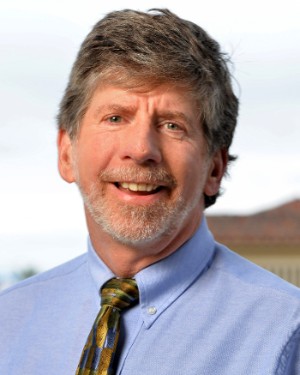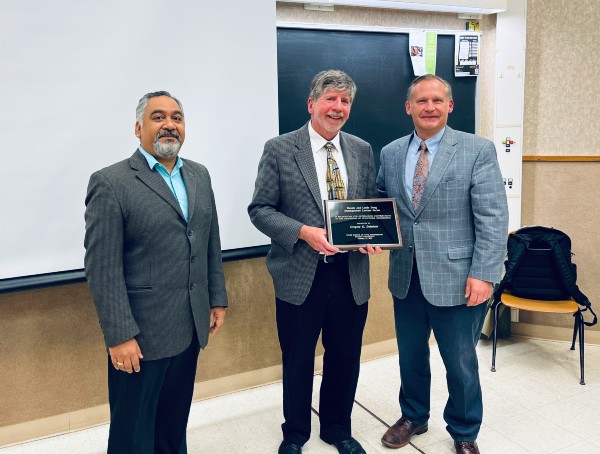2022 Dennis & Leslie Drag Distinguished Lecture
Informing Strategies to Promote Earthquake Resilience through Performance-based Solutions
A Presentation by Gregory Deierlein
John A. Blume Professor of Engineering
Civil and Environmental Engineering
Stanford University
February 23, 2022
Abstract
Advancements in high-performance computing and information technologies are making it possible to integrate detailed performance-based analyses of buildings, lifeline systems and other assets into regional-scale earthquake simulations. These high-resolution simulations can empower earthquake engineers to look beyond engineering of individual buildings to help develop more informed strategies for post-earthquake recovery. This presentation will review some of these key advancements through an application looking at earthquake risk posed by the large inventory older steel-framed buildings in downtown San Francisco. Detailed building analyses incorporate models to simulate damage in fracture-critical welded connections as a function of weld metal toughness and quality. The analyses consider the collapse safety of damaged tall buildings, which is a key consideration in post-earthquake evaluation and functional recovery of both the damaged buildings themselves and the surrounding neighborhood. The study further examines alternative strategies for mitigating the risks, including seismic retrofit and other measures, to facilitate post-earthquake recovery of the downtown business district of San Francisco.

Speaker Bio
Greg Deierlein is a Professor and Director of the Blume Earthquake Engineering Center at Stanford University, co-director of the NSF supported SimCenter of the Natural Hazards Engineering Research Infrastructure (NHERI), and former Deputy Director of the Pacific Earthquake Engineering Research (PEER) Center. Deierlein specializes in the seismic design and behavior of structures, computational simulation of buildings and civil infrastructure, and performance-based engineering. He has led major collaborative teams, involving researchers from the U.S., Japan, and Taiwan to develop innovative composite steel-concrete frames, self-centering braced frames, and light-frame residential construction. He is active in the development of building code standards and design guidelines, including work with the Applied Technology Council (ATC), the American Institute of Steel Construction (AISC), and the Earthquake Engineering Research Institute (EERI). He serves on the Specification Committee of the AISC, the national Advisory Committee on Earthquake Hazard Reduction, and the Board of GeoHazards International. Deierlein’s research and professional activities have been recognized through awards from the ASCE, AISC, EERI and other organizations. He is a registered professional engineer, member of the US National Academy of Engineering, and Distinguished Member of ASCE.

